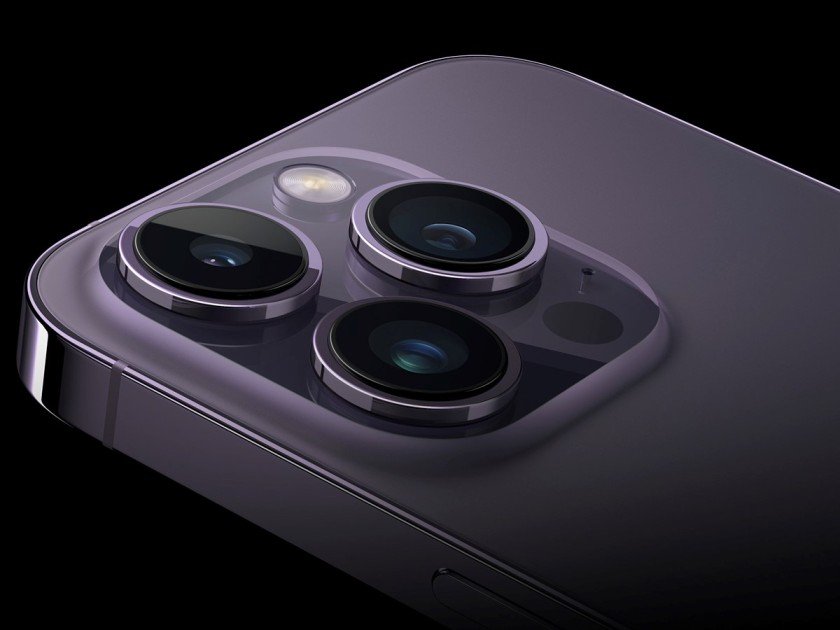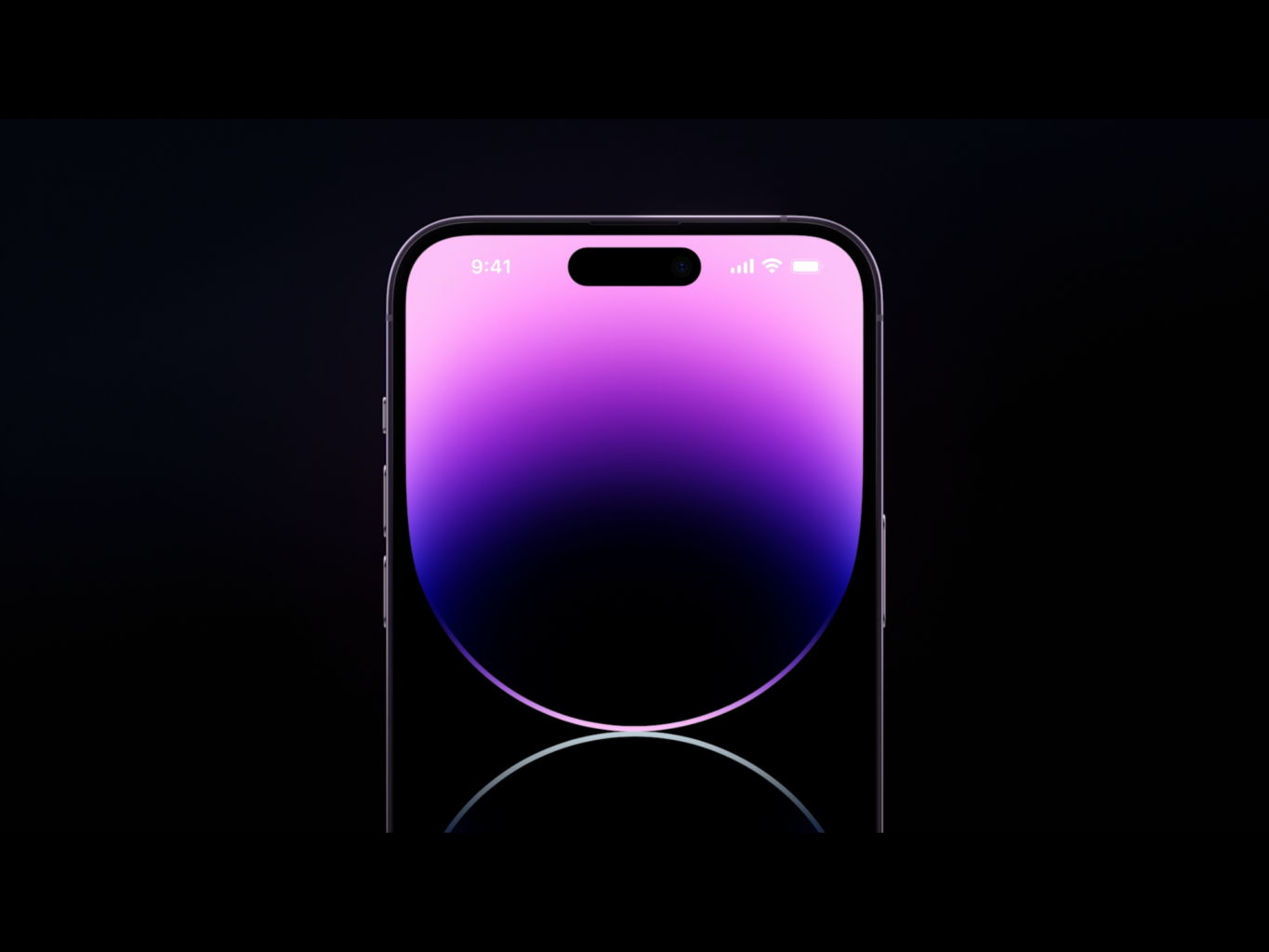If you are an Android user, you will recognise a number of iPhone 14 upgrades right away.
So let’s see what’s new for Apple and what’s already been available to Android users.

Android Got It First: Camera And Video Stabilisation

There was a longstanding issue with shaky footage while recording with a smartphone. There has been some improvement over the years in the ability of phone manufacturers to stabilize video, but it has not yet reached the level of a GoPro or other action camera. Due to advancements in stabilization techniques and post-processing, smartphones such as the Google Pixel 5 and Samsung Galaxy S20 of 2020 include Active Stability and Super Steady modes that allow users to capture GoPro-like smooth footage while in motion.
All iPhone 14 models is equipped with Apple’s new Action Mode, which might make running-related recording more engaging. Like many other stabilizing solutions, this setting seems to punch the picture in for a tighter cut.
Android Got It First: Pixel Binning

In the iPhone 14 Pro, Apple is finally introducing a 48-megapixel camera. When compared to the regular iPhone 14 and the iPhone 13 Pro from the previous year, the pixel count is four times higher on the iPhone 14. The problem is that it’s hard for each pixel to gather enough light on a tiny smartphone camera sensor to generate a good picture.
To combat this, high-end Android phones like the Samsung Galaxy S21, OnePlus 9, and Xiaomi Mi 11 Ultra, and more affordable Android phones, may cluster pixels together so that they function as a single huge pixel. Pixel binning is a technique that enables sensors to handle incoming light while yet keeping their resolution relatively high.
Apple’s product manager Vitor Silva was cautious to note during the “Far Out” presentation that it is not the pioneer, but rather that Apple is introducing a “whole new class of camera to iPhone.”
Android Got It First: Pill-shaped Front Camera Style

The huge top-notch on recent iPhones has become a distinguishing feature of the design. Apple is following Android’s lead in ditching the notched display in favor of a pill-shaped cutout with the introduction of the iPhone 14 Pro.
When Apple released the iPhone X in 2017 with the notch, Samsung was quick to poke fun at the unusual design choice. Rapidly, manufacturers of Android smartphones began searching for methods to reduce the size of their own notches for front-facing cameras by carving considerably smaller notches into the display or by settling for hole-punch cuts instead.
The OnePlus 7 Pro even went so far as to include a mechanism that popped the selfie camera out of the frame so that there was nothing blocking the screen. When it comes to taking selfies, the Samsung Galaxy Z Fold 4 opts for an under-display camera, leaving the inner display almost unimpeded.
Android Got It First: Always-on Screen

Android has supported always-on display technology in various forms for many years. The functionality was standard on obsolete Lumia Windows Phones in 2013. Even before Samsung, LG was on the cutting edge of this technology with its smartwatches. With always-on, you can keep the clock and upcoming activities on your calendar front and center without ever touching your device.
Apple’s senior VP of marketing, Greg “Joz” Joswiak, has said that the iPhone 14 Pro’s Super Retina XDR display utilizes LTPO technology, making it possible for the screen to operate at a slower 1Hz refresh rate while using less battery. This accomplishment falls to Samsung’s Galaxy S22 Ultra, which was released earlier this year and used the same display technology.
Apple Is Still To Be Commended For Their Efforts
Apple’s iPhone 14 launch didn’t just recycle Android features in every way. The A16 Bionic chip that is included in the iPhone 14 Pro is a powerhouse of a mobile processor and is expected to continue to reign supreme in the realm of smartphones, except Google manages to unseat it with the release of the Pixel 7 later on in this year.
In comparison to the Galaxy S22 Ultra, which only has 1,750 nits of maximum brightness, the Super Retina XDR display has a maximum luminance of 2,000 nits. The Emergency SOS satellite service is normally only available on bulky satellite phones, but it now provides users of the iPhone 14 with a method to contact emergency services in the event that they find themselves in a dire position in a distant area of the United States or Canada. Plus, the TrueDepth front-facing camera will allow for a more realistic bokeh effect in your selfies.
In spite of this, it is always prudent to maintain a degree of skepticism anytime a technology business touts its goods.
More Reading:





